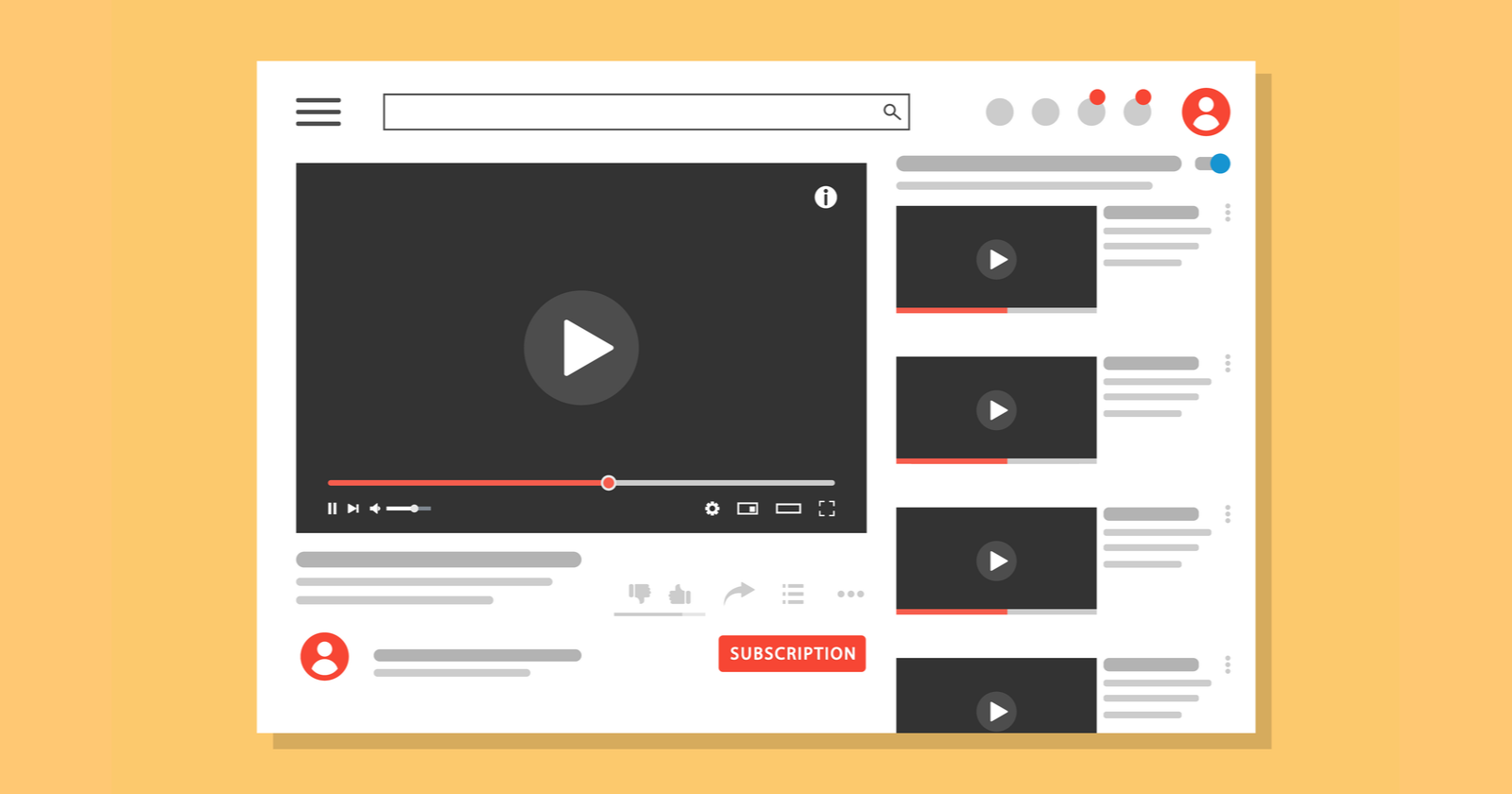SEO
Beginner’s Guide To YouTube Video Advertising

Today’s advertiser is looking for ways to use video content in ads to increase visibility, engage, and convert leads.
The good news is that getting started with video ads is easier than ever.
Video ads appear on many websites and apps across the web as well as on YouTube, which has over 2 billion active users per month.
YouTube enables advertisers to target specific audiences, behaviors, or intentions, making it an effective way to get results throughout the stages of the customer buying cycle.
In addition, the majority of paid ad platforms offer a video campaign or ad format including Google Ads, Microsoft Ads, Facebook, Pinterest, LinkedIn, and TikTok.
For the purposes of this post, we will focus on getting up and running on YouTube ads through the Google Ads platform as it is the largest video platform.
And because they’re managed through the Google Ads platform, YouTube ads are also convenient to incorporate into your current PPC search and display ads.
Here’s what you need to know to get started.
YouTube Ads Video Assets
First, let’s take a look at the video assets you have available.
- Do you have current video ads you can use?
- Any reworking/editing existing videos?
- Or do you need to create new ones with a video producer or use templates?
- Content of the video: For ads, the video should start out fast and keep the user’s attention. A great place to start learning the best practices for effective video ads on YouTube is the many tutorials on Google Ads.
- Length and quality: the shortest video ad length is 6 seconds and it is recommended to ultimately limit the length to 3 minutes or less. A good basic rule of thumb is to start with 15 seconds to 30-second video ads to get your message communicated.
- Video do-it-yourself tools: Google has a video builder (in beta), as well as paid tools online such as Promo or Animoto offer subscription-based video template capabilities.
Once you are happy with your video, it must be uploaded to YouTube. Get the YouTube video URL ready to create the ad later.
Learn More About Audiences
YouTube and ‘Think With Google’ have a Find My Audience tool to get the creative juices flowing to help you think about building your audience profile for these new attention-getting video ads.
This tool allows you to select either in-market or affinity audiences in a limited number of categories such as Autos & Vehicles, Business Services, Media & Entertainment, Software, and more.
This is not a full campaign builder tool, but more of a tool to inspire what you are about to start next.
Your Step-By-Step Process To Create YouTube Ads
If you haven’t yet set up your YouTube, you’ll learn how to do that here.
Now, you’re ready to start advertising.
In the campaigns tab, click the blue plus button to start a new campaign.
This is a general step-by-step process, but at times you might feel like it is a “Choose Your Own Adventure” book.
If you select a campaign goal type, you will get various suggestions to help on campaign subtypes and ad formats towards that goal as you create the campaign.
It is okay to select Create a campaign without a goals guidance.
1. Choosing The Right Goals
The campaign objective you choose will generally fit into one of the three main goals: awareness, consideration, or action/purchase.
Moving further into the set-up process will present you with options that best fit those goals.
2. Select The Video Campaign Type
You will be presented with various campaign type options, depending on the goal first selected.
For action objectives, they will also present the Google Ads account conversion tracking goals they will use for bid optimization.
Here we want to get to choose the Video campaign type.
All of the campaign goals except App and local allow the Video type.
3. Select SubTypes
Next, you will be presented with various subtypes, depending on the previous selections.
Some of the options are drive conversions, video reach campaigns, out-stream, non-skippable in-stream, and others.
Again the process is guiding you to the ad format, targeting, bids, etc. best suited for your campaign goals.
4. Configure The Settings
Each campaign subtype will prompt for general settings.
Throughout the set-up, campaign estimates are generated on the right-hand side to give you an idea of the volume you can expect.
Here we will see several campaign settings including campaign name, bid strategy, budget and dates, networks, locations, languages, content exclusions.
A few of these settings need a more detailed explanation.
- Bid strategy: Video ads will allow bidding per impression, per view, or conversion-based. For awareness campaigns, Viewable CPM (cost-per-thousand) and Maximum CPV (cost-per-view) are appropriate bid strategies to use. If the campaign is action/ conversions based, Target CPA and Maximize conversions strategies will work to maximize ROI.
- Networks: Notable to be aware of is the Video partners on the Display Network. This will help to maximize reach outside of YouTube, however, if you want to limit ads to only the YouTube website, then you will want to opt out of these networks.
- Content exclusions: It is important to pay attention to this area to define the inventory types and content labels you find acceptable to serve your brand’s ads on. Expand or limit content placement types as appropriate to your brand values.
5. Creating The Adgroup Targeting
At the adgroup level, we get to the fun part of selecting the targeting, similar to the search and display campaigns in Google Ads.
- Demographics: age, gender, parental status, and household income.
- Audience segments: remarketing, in-market, affinity, and life events.
- Detailed demographics: you can find a few extra nuggets here including employment targeting.
- Content: keywords, topics, and placements added here narrow the audience. Note, here you can target specific YouTube channels or videos here.
6. Creating The YouTube Ad
Finally, use the YouTube link to your video to create the first ad.
What can be frustrating at this point is not all ad types are available to create and you will see “This ad format is not available because of the subtype or goal of the campaign.”
YouTube Ad Formats
The best guarantee here is to plan ahead to ensure you have the campaign goals and subtypes aligned with the type of ad you would like to run.
Final Thoughts
After setting up and running the first few YouTube campaigns, performance data will flow in and inform optimization and future campaigns strategies.
YouTube offers a great opportunity to reach your audience at all stages of the purchase cycle.
This is also a great opportunity to gather data at scale on the targeting and creative that is successful to roll out to other paid video ad platforms.
More resources:
Featured Image: VELvector/Shutterstock



















You must be logged in to post a comment Login